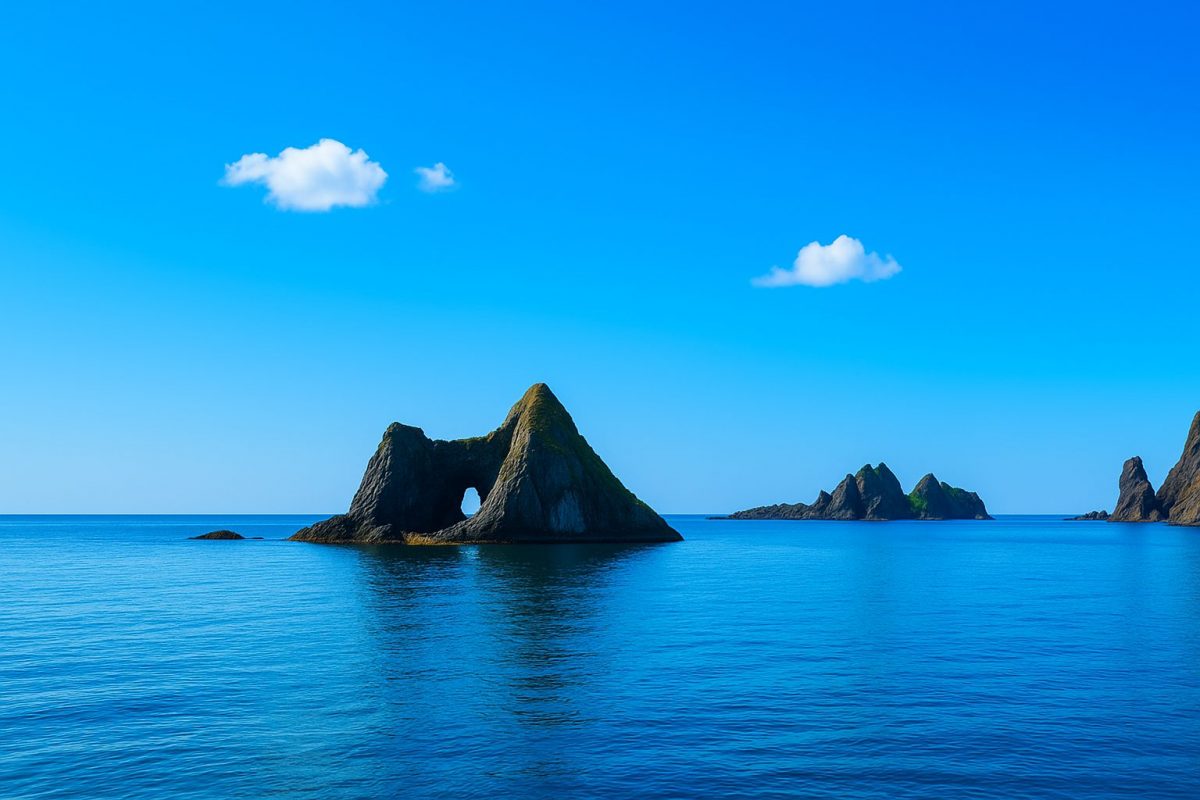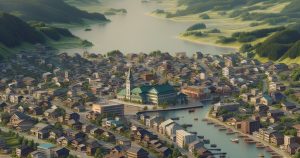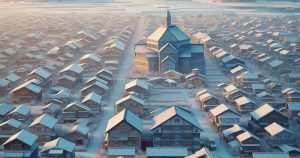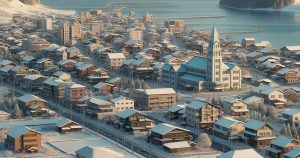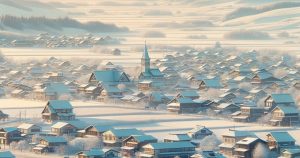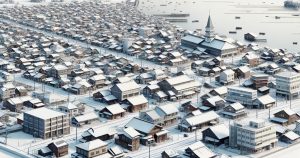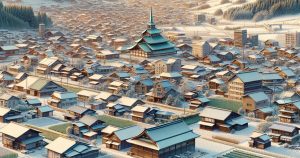| population | 721 peoples |
|---|---|
| area | 147.79 km² |
| population density | 4.88 peoples/km² |
Hidden deep within western Hokkaido lies Kamoenai Village — a small coastal settlement belonging to the Shiribeshi Subprefecture and Furu District. The name “Kamoenai” originates from the Ainu word Kamui-nai, meaning “river of the gods.” This remote fishing village faces the Sea of Japan on the western side of the Shakotan Peninsula and is blessed with a mild oceanic climate — one of the warmest coastal areas in Hokkaido even in winter. Historically, it developed through herring fishing during the Meiji period, and today it thrives mainly on marine industries such as sea urchins, scallops, abalone, squid, and Atka mackerel. Although the population has dropped to around 800 people, visitors will find an unspoiled landscape, friendly locals, and a lifestyle deeply rooted in coexistence with nature. For years, Kamoenai was famously known as “the only municipality in Japan that had never recorded an earthquake above seismic intensity 1.” That changed with the 2018 Hokkaido Eastern Iburi Earthquake (recorded as intensity 3), but the village remains one of the most geologically stable and peaceful areas in the country.
Cultural Traditions
Kamoenai’s culture is steeped in the heritage of herring fishing that prospered from the late Edo to early Showa periods. During that time, schools of herring — known as kuki — would turn the sea silver, and fishermen from across Japan gathered along the coast. Local dialects and maritime expressions remain alive among the villagers, reflecting that vibrant past. Today, the community continues to rely primarily on fishing while maintaining a lifestyle that values harmony with nature. Residents cooperate closely, especially in harsh winters, working together to clear heavy snow — a vivid symbol of their strong communal spirit. Two of the most anticipated local events are the Kamoenai Summer Festival and the Kamoenai Winter Festival. The summer festival lights up the port with fireworks, drums, and food stalls, while the winter celebration brings snow sculptures and outdoor games. These gatherings embody the pride and unity of the village, keeping local culture alive for future generations.
Local Specialties
- Kamoenai Sea Urchin – The cold currents of the Sea of Japan nurture premium ezobafun uni and murasaki uni. Rich and creamy, they are best enjoyed fresh from the local fisheries between June and August.
- Kamoenai Scallops – Known for their thick flesh and sweet flavor. Carefully processed by the local fishery cooperative, these scallops are shipped nationwide as a top-grade seafood.
- Kamoenai Abalone – Raised in kelp-rich waters, abalone from Kamoenai are tender yet firm. They are served steamed or raw, often featured in celebratory dishes.
- Kamoenai Squid – Landed mainly from spring to early summer, the translucent flesh and natural sweetness make them highly prized among sushi chefs across Japan.
- Kamoenai Soybeans – Although on a small scale, the long daylight hours of summer produce soybeans with excellent flavor and balance. Locally made tofu and miso using these beans are a hidden gem.
Annual Events
- Kamoenai Summer Festival – Held every August at the fishing port. Fireworks, parades, and food stalls attract both locals and visitors in a joyful coastal celebration.
- Kamoenai Winter Festival – Held in February. A winter highlight featuring snow sculptures, snowmobile rides, and fun outdoor competitions that bring warmth to the cold season.
- Autumn Seafood Festival – Celebrated in September. Visitors can enjoy freshly caught sea urchins, scallops, and salmon, along with cooking demonstrations and tastings.
- New Year’s Sunrise Gathering – On January 1st, residents and visitors gather at Annai Observatory Park to watch the first sunrise over the Sea of Japan and pray for happiness in the new year.
Access
- By Air: From New Chitose Airport, it takes about 2.5 hours by car. Renting a car is the most convenient option.
- By Train: The nearest station is Ozawa Station on the JR Hakodate Main Line (Republic Town). About 1 hour to the village by bus.
- By Bus: The Iwau “Shiokaze Line” connects Iwanai, Kyowa, Tomari, and Kamoenai, serving as the main coastal public transport route.
- By Car: Follow National Route 229 along the Sea of Japan coast. Approx. 90 km (2 hours) from Otaru City.
Tourist Attractions
- Ororon Line – A scenic coastal drive across the Shakotan Peninsula, with Kamoenai’s section offering particularly breathtaking ocean views.
- Annai Observatory Park – Just five minutes from the village center, offering panoramic views of the sea and town below.
- Kamoenai Youth Outdoor Village – A seaside campsite with cabins, BBQ areas, and sweeping ocean views. Open June–September.
- Sannai Nukumori Onsen – A cozy local hot spring surrounded by nature, ideal for relaxing after a day of exploring. Open to day visitors.
- Kamoenai “Forest of 2000” Park – A peaceful forest park ideal for walking, birdwatching, and admiring the seasonal beauty of Hokkaido’s nature.
